Diospyros austro-africana subsp.
austro-africana
General Info – summary
This evergreen, dioecious Tree has fissured bark and may reach 10m high. It is usually a shrub with rigid branches. On this densely leafed tree, the small obovate and hairy Leaves are simple and have entire margins, which taper into the short or absent petiole. The apex tapers. The small, sweet smelling and single Flowers are 5-merous. The red to black Fruit has a persistent, accrescent calyx, and 2-8 oblong seeds.
Description
Previous Names: Royena hirsute, Royena rugosa.
SA Tree No. 602.2.
Common names: (Afr) Jakkalsbos, Jakkalsbessie, Kersbos, Kraaibessie, Kraaibos, Kritikom, Jakkalsbos, Skilpadbos, Vuurmaakbossie. (Eng) Fire Bush, Fire-sticks, Star-apple. (Setswana) liperekisi-tsa-makhoaba, senokonoko. (isiXhosa) Umbongisa.
Family Ebenaceae (persimmon and ebony family). The family has some plants known for their useful wood and others for fruit. Trees are usually located in tropical and warmer temperate regions. There are more than 750 species, in 4 genera, worldwide and the 37 species in South Africa occur in 2 genera (Euclea and Diospyros). The bark and heartwood are black. The simple, coriaceous and entire Leaves lack stipules and are usually alternate or may be opposite, but both may occur on the same plant. The usually unisexual and regular Flowers have a persistent calyx that is often divided near to the base. The corolla usually has a short tube, with Petals fused at the base and extending into overlapping lobes. The basifixed anthers are longer than the filaments. The superior ovary has up to 2 ovules in each locule. The styles may have 2-5 branches. Fruit is a berry with an accrescent calyx, which may dehisce slowly. Young fruit contains tannins and is usually avoided by animals until ripe.
Name derivation: Diospyros – Devine pear or pear of the gods. austro-africana – of southern Africa. Globally there are about 800 species of Diospyros. In southern Africa, there are about 20 species in the genus Diospyros. Those valued timber trees are called Ebony trees – not indigenous and produce dense, hard and dark timber. Trees valued for their fruit are known as persimmon trees – not indigenous. Diospyros plants are tropical (most) or subtropical, usually dioecious (unisexual floral structures with male and female parts on separate plants).
Varieties of Diospyros austro-africana include
var. austro-africana: Common in Western Cape winter rainfall and the Northern Cape areas. Leaves are up to 30 x 10mm and Flowers are cream-white. All photos on this site are of var. austro-africana.
var. microphylla: Most widespread in drier summer rainfall, arid rocky & grassy areas. Leaves with dark hairs. Flowers pink to cream. The stiff leathery and hairy leaves are up to 15mm long.
var. rubriflora: Common in east slopes of the Drakensberg Mountain in the Free State, KwaZulu-Natal and Lesotho east mountain slopes. The bluish green spine tipped Leaves are up to 25 x 5mm and are hairy above with distinct net veining below. Flowers are pink to deep red.
var. rugosa: Common in the coastal winter rainfall of Western Cape. Spiralled wrinkled Leaves are up to 35mm with the upper surface almost lacking hairs and lower surface with pale grey hairs. They are grey green to bluish. Reddish green hairs my colour both leaves and Flowers red.
Tree
This much-branched evergreen plant may be a dense rounded twiggy shrub or a small Tree (photo 44) up to 10m high. The Stem (or trunk is main axis of the plant, the leaf and flower bearing as distinguished from the root-bearing axis) may reach 13cm in diameter. The branches are rigid. This tree is a survivor and occurs in a variety of habitats. Young branches are brown and hairy (photo 49 – under Flowers). The developing bark (photo 43) becomes rough and deeply fissured as it matures. It blisters and peals into long, narrow flaked strips (photo 42).
- 44. 2018/09/15. Kirstenbosch NBG Photo: David Becking.
- 43. 2018/09/15. Kirstenbosch NBG. Photo: David Becking.
- 42. 2018/09/15. Kirstenbosch NBG. Photo: David Becking.
Leaves
This tree is densely leafy. The Leaves are simple (have a single blade which may have incisions that are not deep enough to divide the leaf into leaflets). They are smooth and narrowly obovate (egg-shaped – with the narrower end at the base – photo 50). Leaves are small – up to 3,5 x 0,5cm – usually less (photo 50). The stiff, blue-green to greyish green leaves are spirally arranged (photo 46) and are crowded towards the ends of young branches. The Blade is thickly leathery, dark above, and slighter lighter below – where there are both stellate and bristle-like hairs on the underside (photo 50). This gives the whole tree a grey appearance (photo 44 under Tree). In winter, the leaves turn blackish red. The non glandular hairy leaves (usually more so on the lower surface) may partly hide the Veins, which are sunken above and protrude below (photo 50). The Margin is entire (with a continuous margin, not in any way indented). The Apex is broadly tapering to rounded and may end in a sharp tip (photo 50). The leaf Base tapers (is not rounded or heart shaped) into the short or absent Petiole (leaf stalk – photo 50).
- 46. 2018/09/15. Kirstenbosch NBG. Photo: David Becking.
- 50. 2018/09/15. Kirstenbosch NBG. Photo: David Becking.
Flowers
The trees are dioecious (unisexual floral structures with male and female parts on separate plants). Flowers are axillary (one per axil – growing between stem and leaf – photo 49). The lantern-like, single, 5-merous flowers are pendulous, up to 1cm long, each resting on a Pedicel (stalk of a single flower) here up to 10mm long (photo 51). Flowers are actinomorphic (Regular, symmetrical. They are vertically divided into similar halves by more than 1 plane passing through the axis). The colours vary and may be white, light brown, cream, red or pink. Flowers are strongly scented and less than 1cm long. Short-lived boat-shaped Bracts (modified specialised leaves) surround individual flowers. A single flower may develop at each leaf axil. In the smaller Male flowers, the Stamens have basifixed Anthers that dehisce through longitudinal slits and are longer than their Filaments. Each larger Female flower has a single Pistil (a unit of the Gynoecium, the female element of the flower, composed of the Ovary, Style and Stigma) with a superior Ovary, which is borne on a smooth Disc (a more or less fleshy or elevated development of the receptacle – the expanded tip of the flower stalk from which the floral parts develop. Here Staminodes (sterile stamens) are present. (Jul-Nov).
- 49. 2018/09/15. Kirstenbosch NBG. Photo: David Becking.
- 51. 2018/09/15. Kirstenbosch NBG. Photo: David Becking.
Fruit
The roundish to oval, cherry-like Fruit is up to 1,5cm wide and matures into an often densely hairy red or black. This extends from a broad slightly 5-lobed, persistent Calyx that usually clasps the base of the Fruit and becomes accrescent (increasing in size with age) after the corolla has fallen and eventually covers more than half the length of the fruit. The fleshy fruit eventually has 2-5 segments. It may dehisce slowly through the apex dispersing the 2 or more dull oblong Seeds. (Jan-Jun).
Distribution & Ecology
This hardy plant is Endemic (restricted to a particular geographic location) in southern Africa. It occurs in all provinces in South Africa as well as Lesotho but does not occur in Namibia. These plants grow in the Cape Peninsular and eastwards towards Uniondale (slightly to the north of Knysna). From this area, they can occur along a north-easterly direction to include western Kwa-Zulu Natal, Lesotho, the Free State, Gauteng, North-West, and Mpumalanga. Different varieties occupy partly different positions in this area. They usually occur on rocky hillsides and mountain stream banks. Some animals may browse the leaves. This plant attracts numbers of birds and butterflies.
Ethnobotany
The round fleshy Fruit is edible. When wishing to attract birds, both male and female plants need to be present in order to produce fruit. To achieve this use cuttings from selected male and female plants. Dry sticks are used to light a fire by friction. The hard Wood makes a good fuel.
References
Boon, R. 2010. Pooley’s Trees of eastern South Africa. Flora and Fauna Publications Trust, Durban.
Coates Palgrave, M. 2002. Keith Coates Palgrave Trees of Southern Africa. edn 3. Struik, Cape Town.
Foden, W. & Potter, L. 2005. Diospyros austro-africana De Winter var. microphylla (Burch.) De Winter. National Assessment: Red List of South African Plants version 2020.1. Accessed on 2023/02/11.
Lawrence, G. H. M, 1951. Taxonomy of Vascular Plants. The Macmillan Company, New York. Tenth Printing 1965.
Palmer, E. & Pitman, N. 1972. Trees of southern Africa. Balkema, Amsterdam, Cape Town.
Schmidt, S. Lotter, M. & McCleland, W. 2002. Trees and Shrubs of Mpumalanga and the Kruger National Park.
van Wyk, B. & van Wyk, P. 1997 Field guide to Trees of Southern Africa, Struik, Cape Town.
https://en.wikipedia.org/wiki/Namaqualand
http://pza.sanbi.org/diospyros-austro-africana
http://www.arthurleej.com/p-o-m-Mar06.html

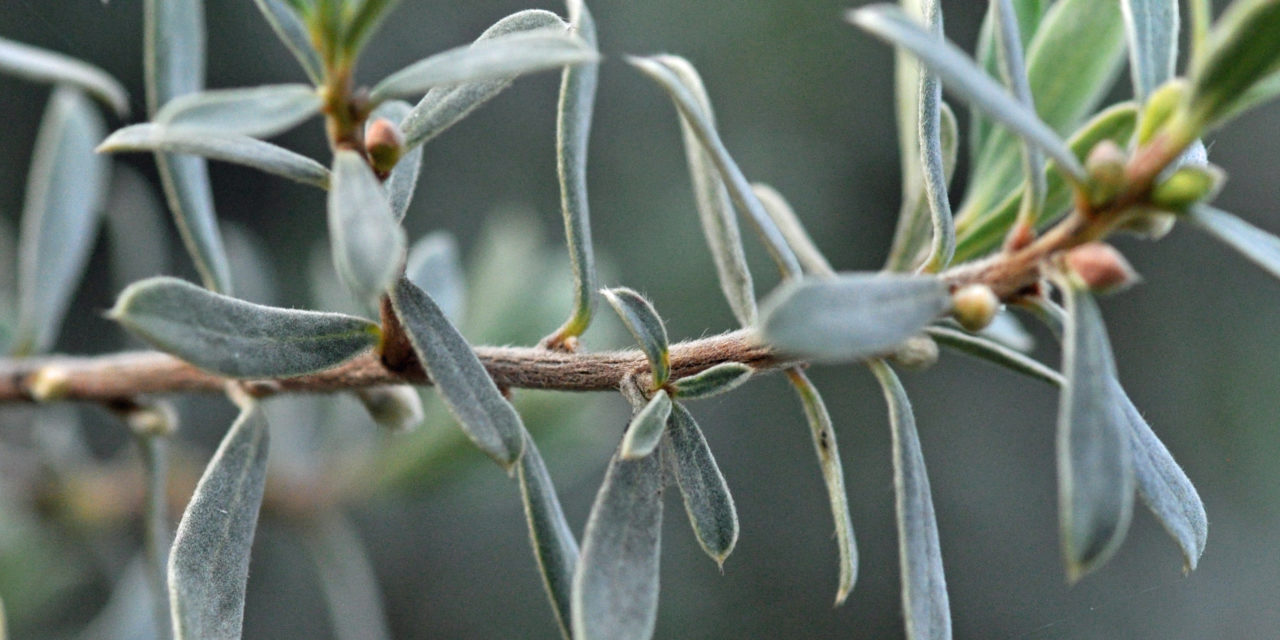
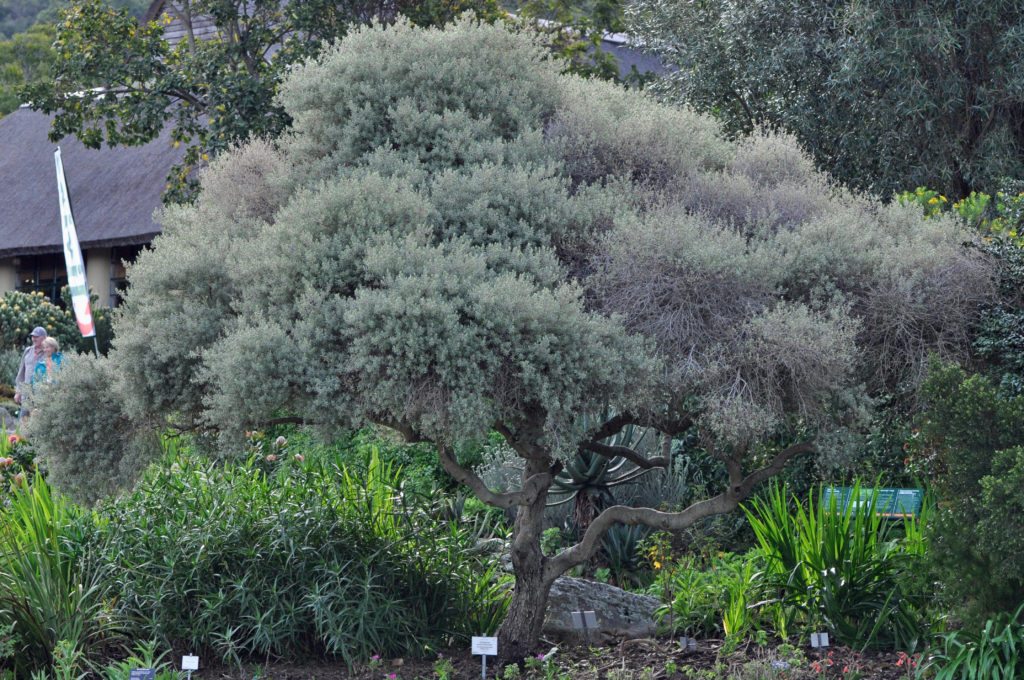
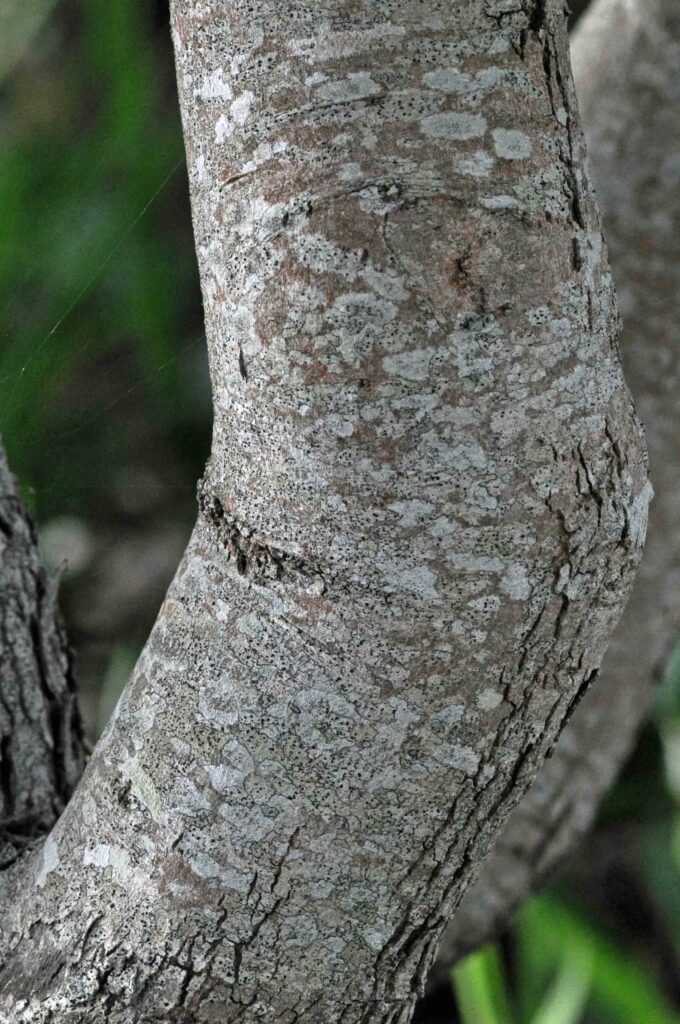
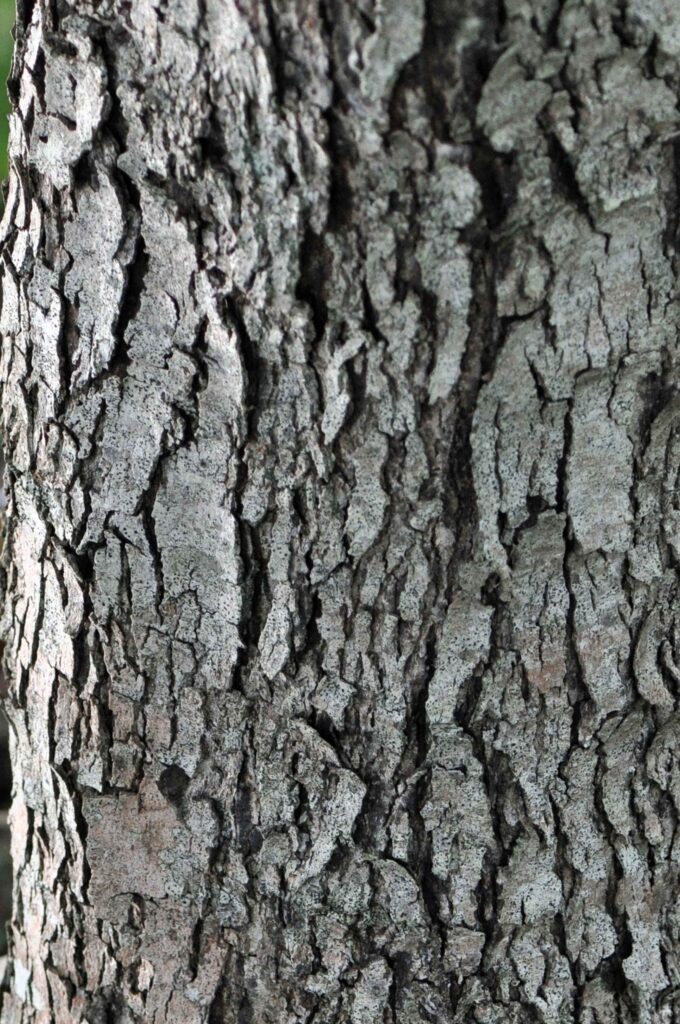
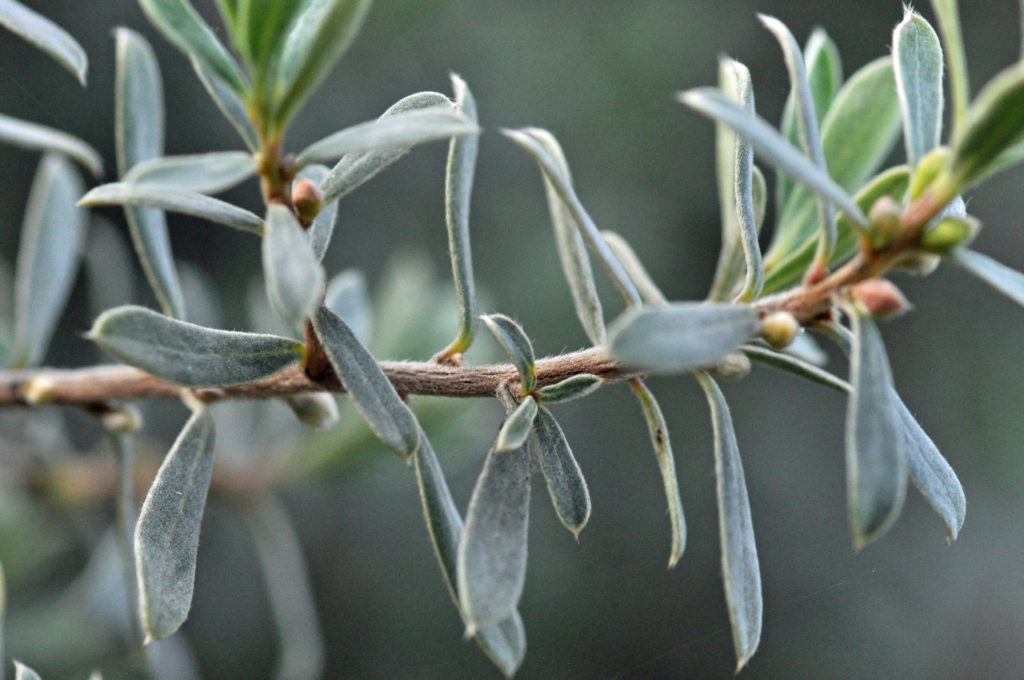
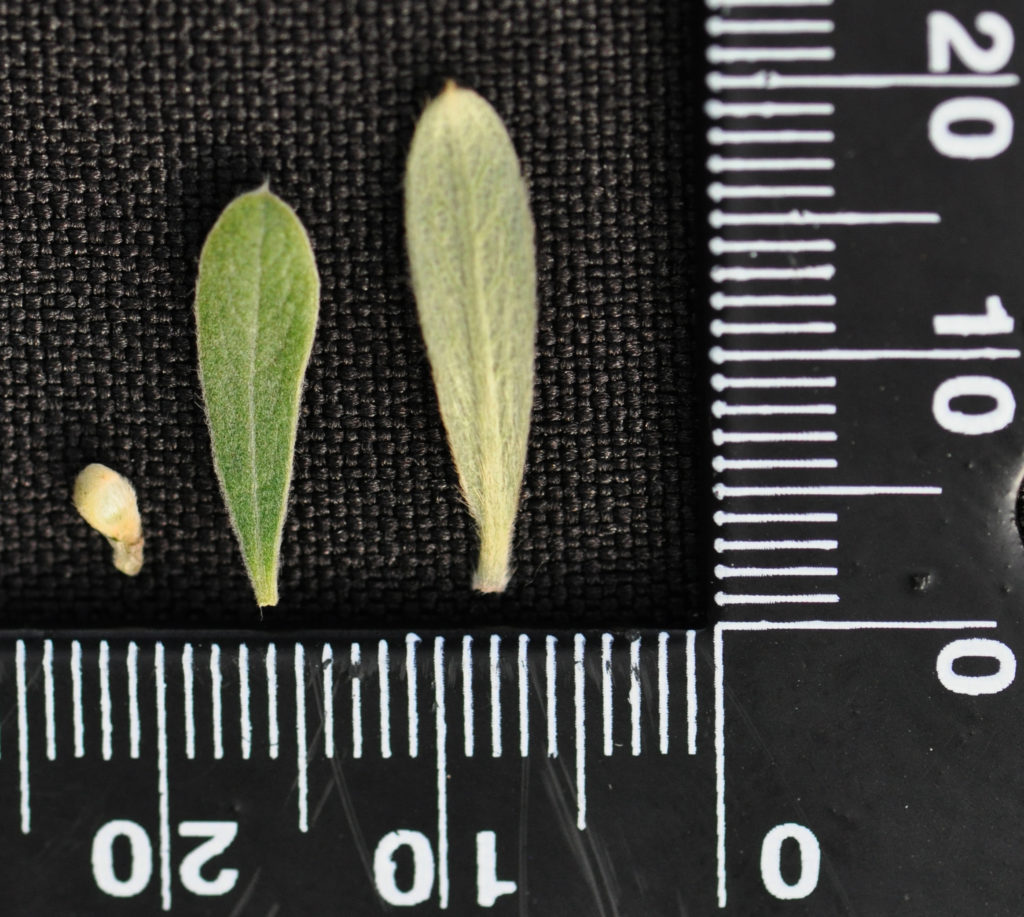
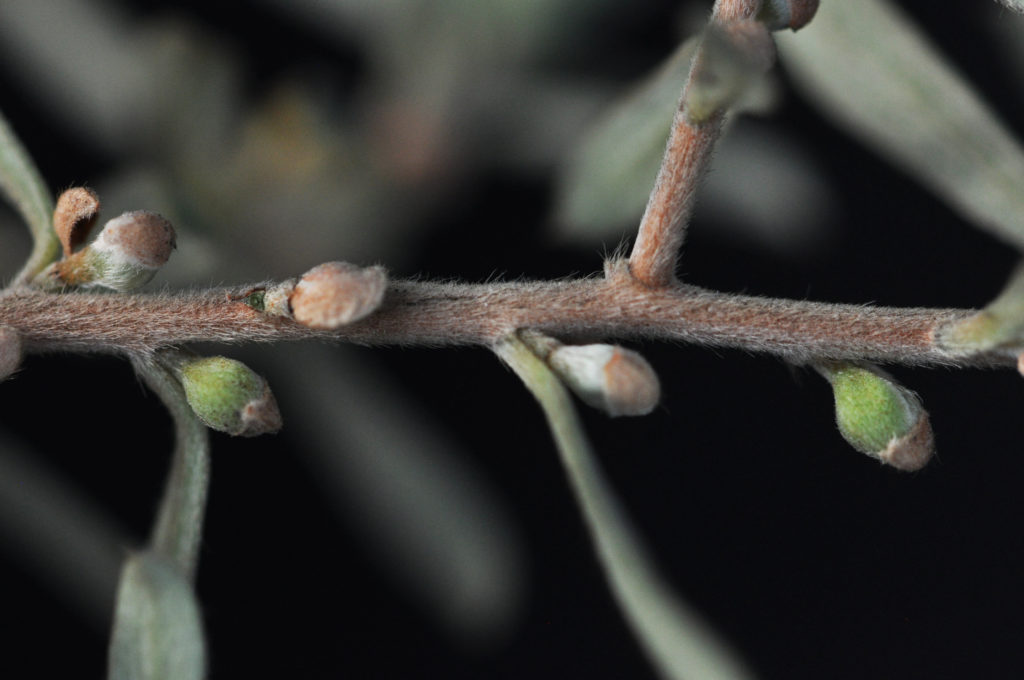
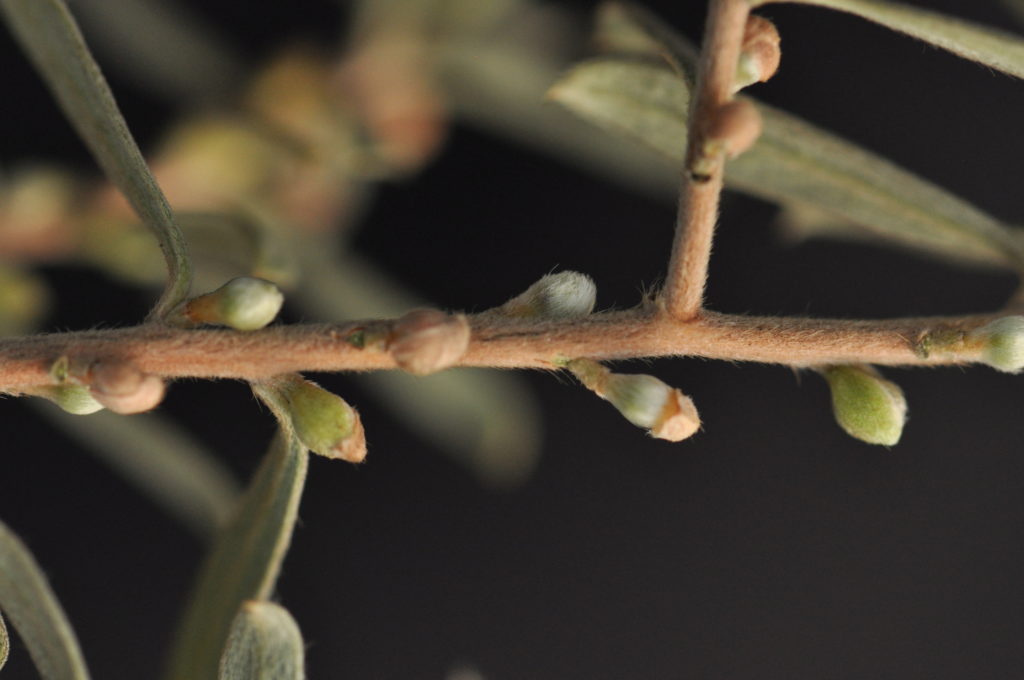
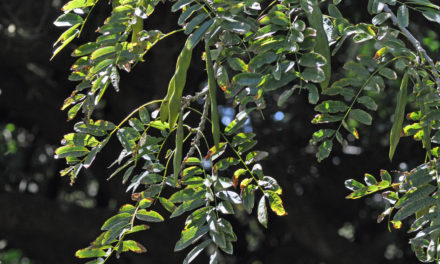
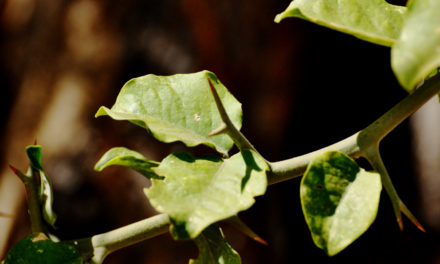
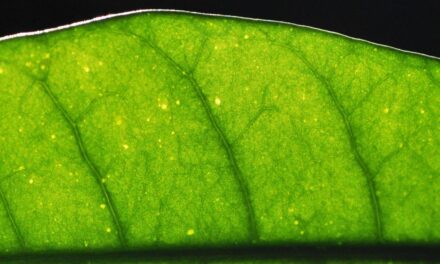
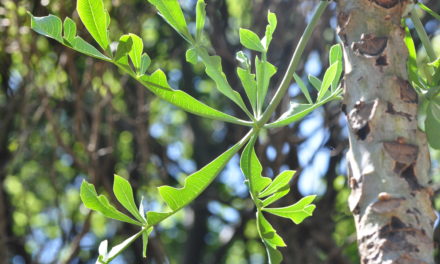
Great description, with mention of the lovely fragrance. The Kirstenbosch specimen is quite something! In the northern Drakensberg I’ve just encountered it as a rounded shrub. Bees love it.
Dear Carolize,
Greetings from Johannesburg.
Thank you for the comment. Take care.
David Becking.